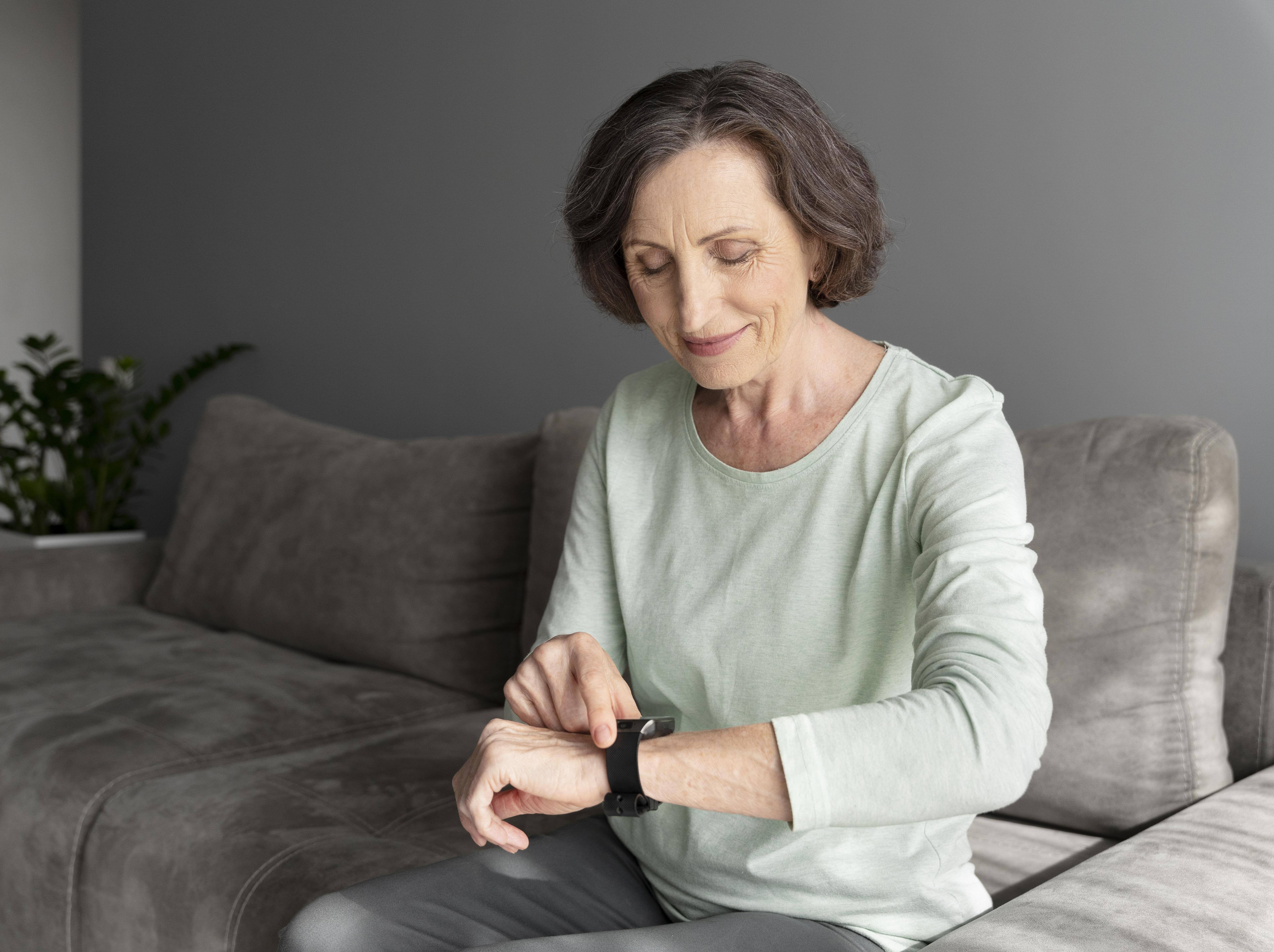Remote Patient Monitoring: A Game Changer for Healthcare DeliveryRemote Patient Monitoring (RPM) is revolutionizing the healthcare landscape by enabling healthcare providers to track patients' health data outside traditional clinical settings. This innovative approach utilizes various technologies, including wearable devices, mobile applications, and home-based monitoring tools, to collect and transmit vital health information. Here’s a closer look at why RPM is essential for healthcare providers.
Enhanced Patient Care
RPM significantly improves the quality of patient care by allowing healthcare professionals to monitor their patients continuously. This real-time data collection enables clinicians to identify health trends and potential issues before they escalate into serious complications. For instance, monitoring blood pressure or glucose levels can lead to timely interventions, ultimately enhancing patient outcomes and reducing hospital admissions
Increased Patient Engagement
One of the standout benefits of RPM is its ability to foster greater patient engagement. By providing patients with tools to monitor their health, such as smartwatches or mobile apps, they become more involved in managing their conditions. This empowerment encourages adherence to treatment plans and promotes healthier lifestyle choices. Studies have shown that patients who actively engage in their health management tend to have better health outcomes.
Streamlined Clinical Workflows
RPM can significantly enhance the efficiency of clinical workflows. By reducing the need for in-office visits, healthcare providers can allocate their time and resources more effectively. This not only allows for a higher patient throughput but also enables providers to focus on patients who require immediate attention. Consequently, RPM helps in optimizing the overall healthcare delivery process, making it more efficient and responsive to patient need
Cost Reduction
Incorporating RPM into healthcare practices can lead to substantial cost savings for both providers and patients. By minimizing unnecessary hospital visits and in-person consultations, RPM reduces healthcare expenses. Patients benefit from decreased travel costs and time off work, while healthcare systems experience lower operational costs associated with in-person care. This economic advantage is particularly crucial in a healthcare environment increasingly focused on value-based care
Improved Access to Care
RPM expands access to healthcare services, particularly for patients in rural or underserved areas. By enabling remote monitoring, patients can receive care without the barriers of travel or time constraints. This accessibility is vital in ensuring that all patients, regardless of their location, have the opportunity to receive timely and appropriate medical attention
Conclusion
Remote Patient Monitoring is not just a technological advancement; it is a transformative approach that enhances patient care, boosts engagement, streamlines clinical workflows, reduces costs, and improves access to healthcare services. As the healthcare industry continues to evolve, integrating RPM into clinical practice will be essential for delivering high-quality, patient-centered care. Healthcare providers are encouraged to embrace this technology to stay relevant and improve the overall health outcomes of their patients.By leveraging RPM, doctors can ensure they are not only meeting the immediate needs of their patients but also paving the way for a more efficient and effective healthcare system.


